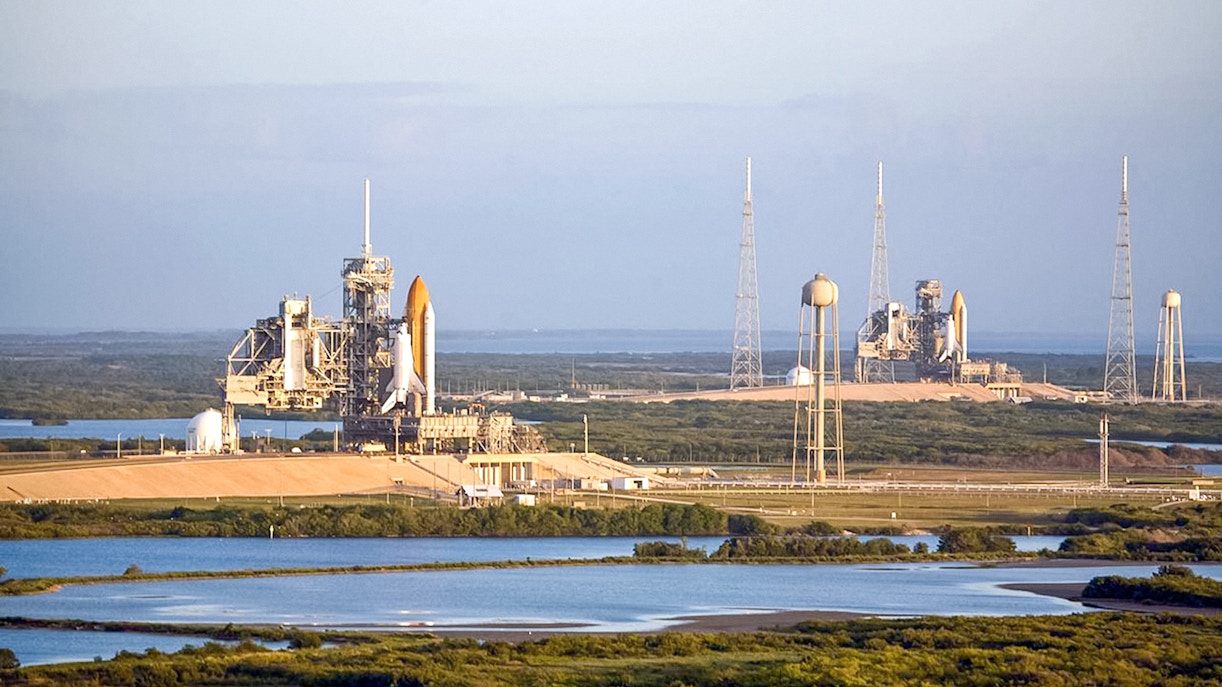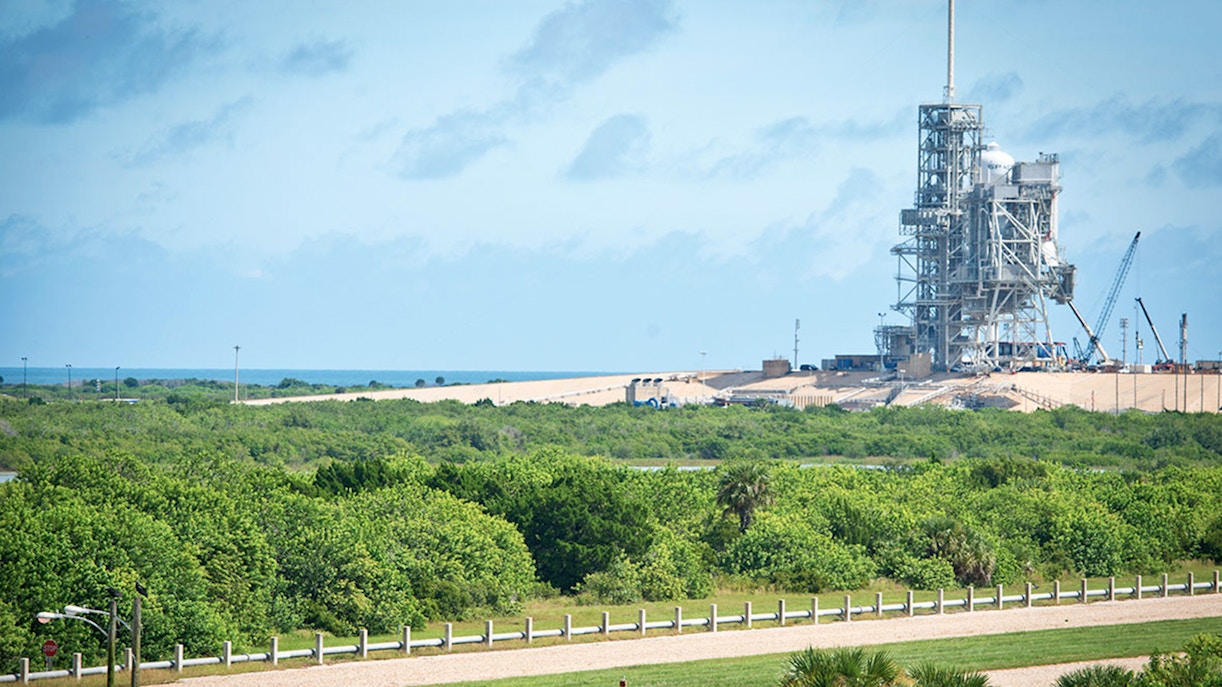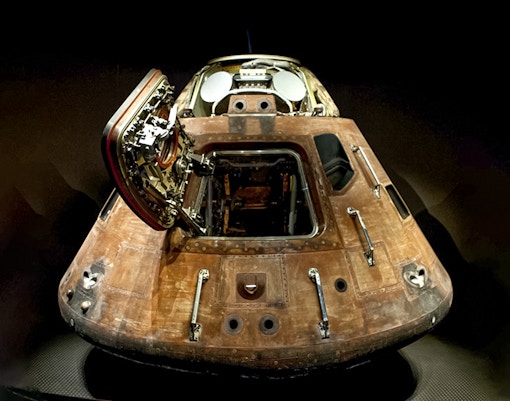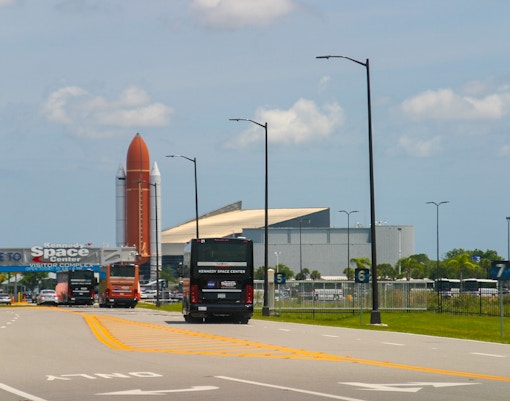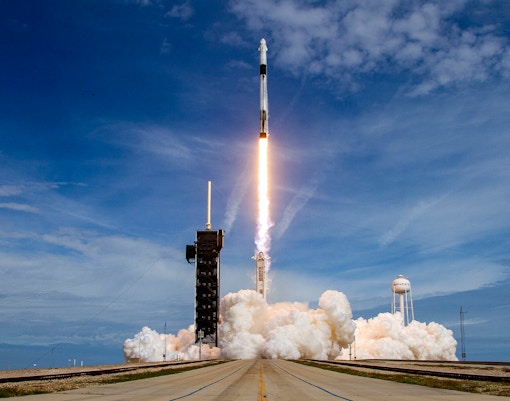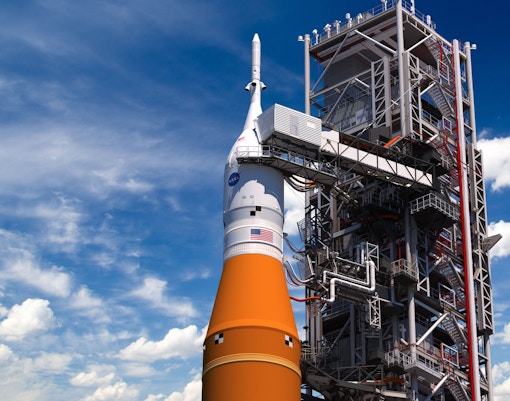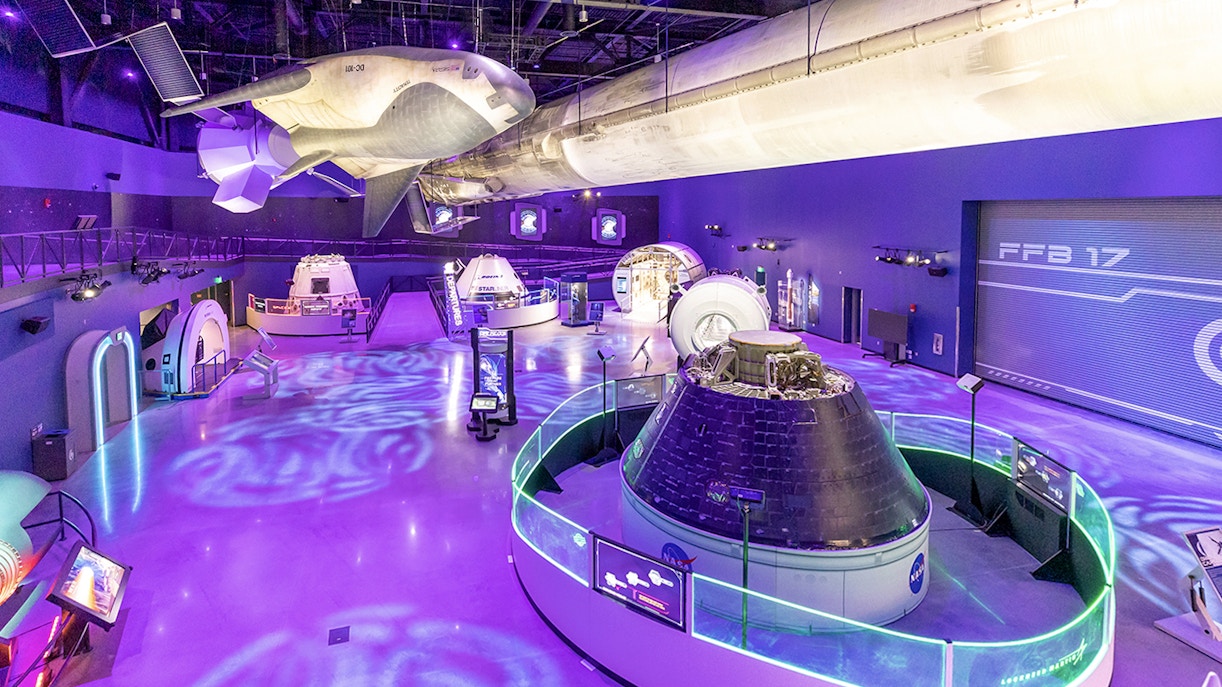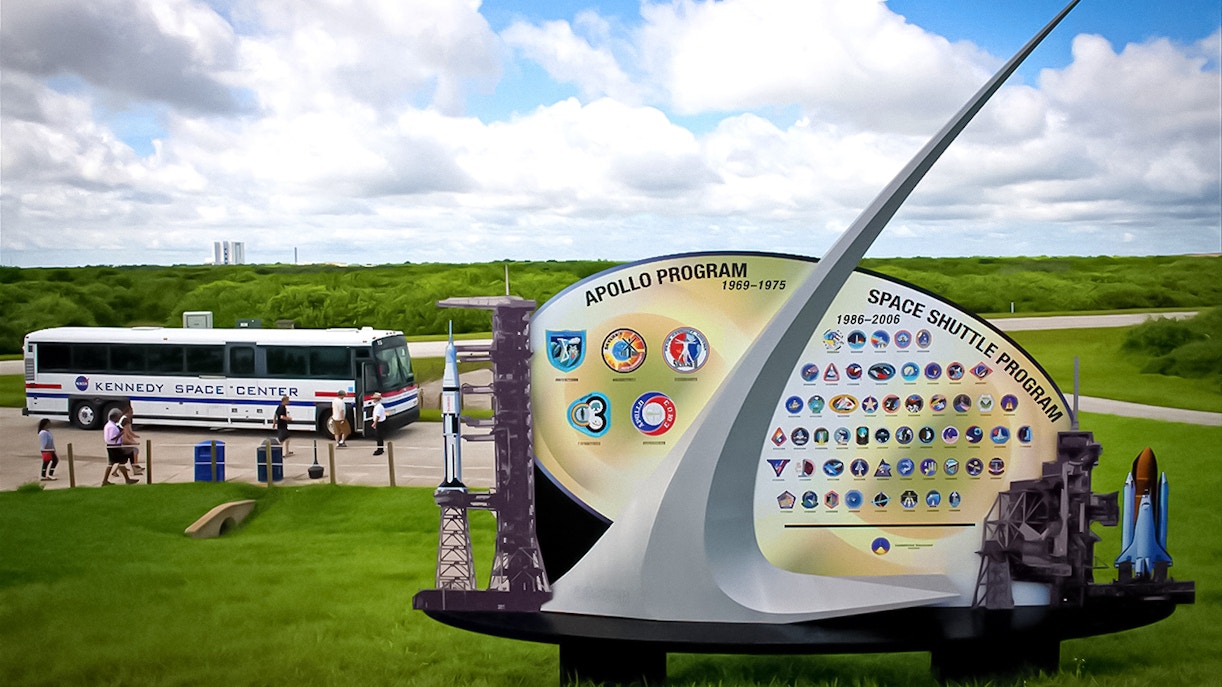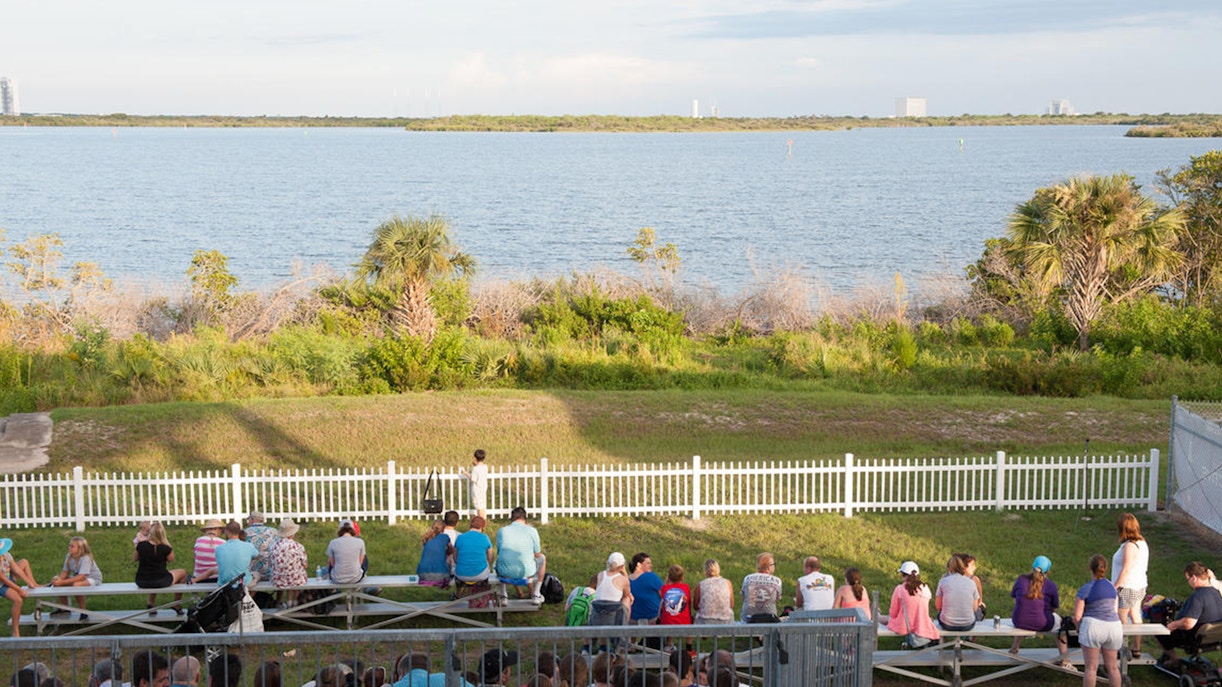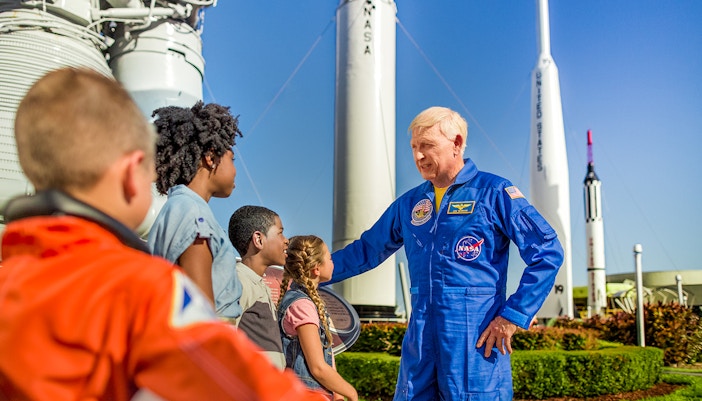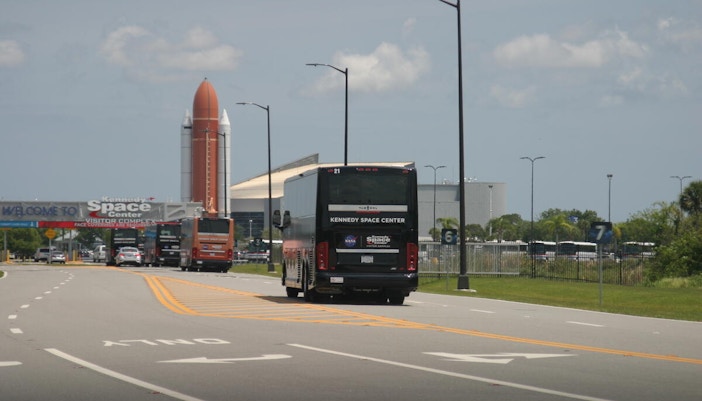- Built in: Constructed between 1967 and 1968.
- Dimensions: Launch Complex 39B spans approximately 1.36 square kilometers (344 acres), slightly larger than Launch Complex 39A. The site includes a launch tower over 370 feet tall, comparable to a 37-story building.
- Total launches to date: Launch Complex 39B has supported 60 launches as of January 2025.
- Current Operator: NASA currently operates Launch Complex 39B, utilizing it for the Space Launch System (SLS) rocket as part of the Artemis program.
- Recent Upgrades: Significant upgrades have been completed at Launch Complex 39B to support the SLS rocket and Orion spacecraft for Artemis missions. These include replacing or upgrading pad subsystems used during the Apollo and Space Shuttle programs.
Quick overview
